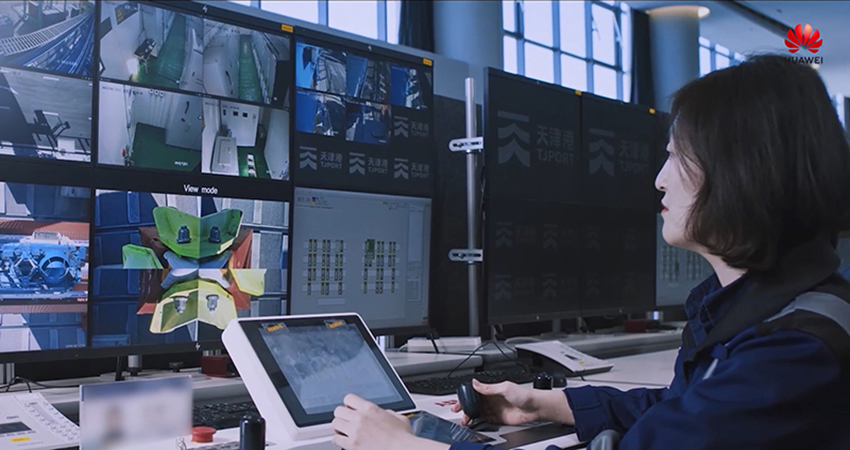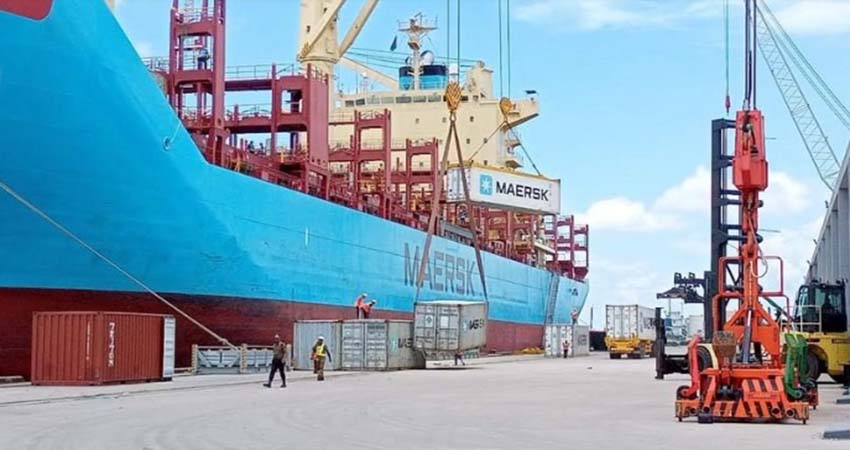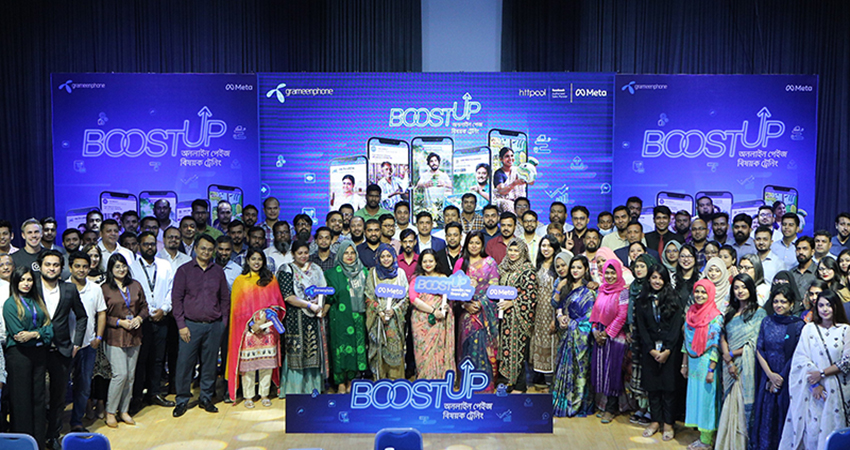The leading global ICT infrastructure and solutions provider, Huawei, has come up with 5G network, 4L autonomous driving and other technological innovations to make the ports smart, safer and efficient. Recently, a smart terminal has been built by Tianjin Port Group (TPG), together with Huawei and other partners, as part of its efforts to build a smart and green port.
This initiative has been taken to deal with port congestion that caused severe disruptions in global supply chains, goods handling problem and other port related issues resulting a decrease in overall efficiency. At the Tianjin Port, under the guidance of the BeiDou navigation satellite system, the whole process of moving the container trucks to the automatic locking/unlocking stations can now be completed in one go.
The intelligent and digital transformation of the port has led to tangible benefits and increased efficiency. Now, each container at the Tianjin Port now consumes 20% less energy, and cranes are 20% more efficient on average, with each crane operating 39 container units per hour.
On the prospect of smart port Jason Li, Board Member of the Huawei Bangladesh shares, “Bangladesh is moving fast riding on the power of digital transformation. Smart ports and terminals can be the focus point in next few years for realizing Smart Bangladesh vision. If Bangladesh can turn Chattogram and Mongla ports into smart one, then the daily operations there will be easier and those can create positive impacts on the economy.”
Tianjin port is one of China's most technologically advanced ports and a vital hub for the One Belt One Road initiative. It has a 300000-ton-class wharf with a channel depth of -22 meters. It has 192 berths of various types and 128 berths above the 10,000-ton-class. By the end of 2021, the port’s cargo throughput reached 435 million tons, ranking ninth in the world, while the container throughput exceeded 18.35 million TEUs, ranking the eighth port in the world.



















